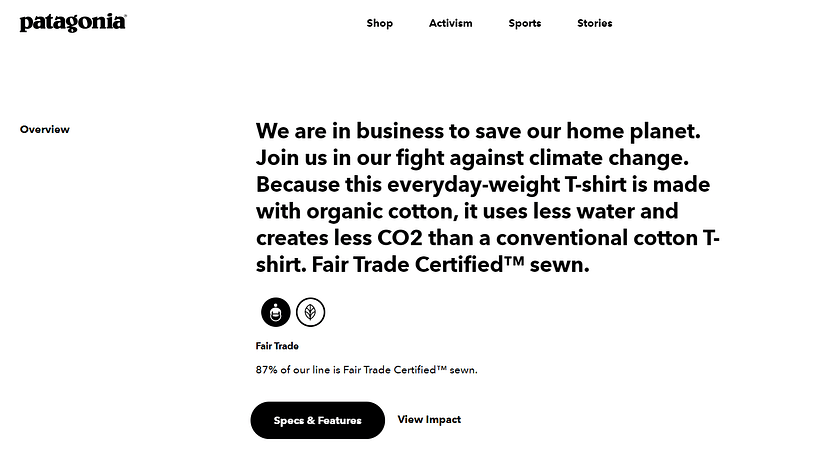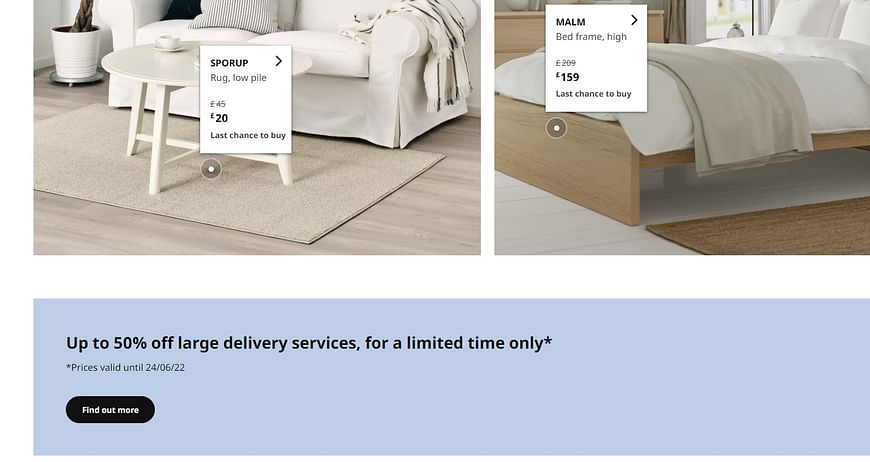Join our Facebook Group
Framing effect
The framing effect is a concept in psychology which shows that people react to exactly the same thing in two or more different ways based on how the information is presented.
Framing effect has been used by marketers for ages to influence consumer decision making effectively. It’s just a game on wording! But this little game can create a huge influence on the buying behaviours of the consumers. Therefore, many businesses use the framing effect to their advantage in their websites to obtain more leads for Conversion Rate Optimization. (CRO)
- What is the framing effect in decision making?
- Types of framing effect
- Which is more effective: Negative or Positive framing?
- Framing effect psychology examples for CRO
- 1. Enable customers to visualize what they gain by acquiring your product or lose by not acquiring your product
- 2. Be very specific with wording
- 3. Avoid leading or manipulate questions
- 4. Try positive framing as much as possible
- 5. Study your audience well
- Framing effect example
What is the framing effect in decision making?
As humans, we react to things differently based on how the information is presented to us. Just assume that you have been given $100 with the following two options.;
- Option 1: You can gamble the entire amount to gain more or you can walk away by losing $50.
- Option 2: You can gamble the entire amount having a risk of losing it all or you can walk away with $50 for your troubles.
Which option is more appealing to you? Some may select option one and others may select option two. But if you read both the options carefully, they just mean the same. Only the way information has been presented is different. This is the core of Framing effect bias.
Types of framing effect
Positive framing
Positive framing occurs when you focus on what your customers gain from you. For example, you can use the words like 'Grab, Get, Win, Save etc.' in the website content to convey a positive vibe.
Negative framing
Negative framing focuses on making your customers afraid to lose out something. Here, you trap the natural fears of the people to miss out or lose something. If you present content in a way that purchasing would prevent a negative outcome, then you win! For example, you can use words and phrases such as 'Don't miss, Never let go, Stop wasting, Avoid etc.' in your website to influence purchasing decisions of people by invoking their natural fear of losing something according to human psychology.
Which is more effective: Negative or Positive framing?
There's no one permanent answer for this question. The answer varies based on the nature of your audience. But the similar studies on the framing effect have shown that there's a slight high tendency of people moving towards positive framing. Again, it's based on the nature of the audience that you should decide on the ideal framing strategy for your website for Conversion Rate Optimization (CRO).
Framing effect psychology examples for CRO
1. Enable customers to visualize what they gain by acquiring your product or lose by not acquiring your product
Embed a visual appealing to the content. With the right appeal, you can influence the customers a great deal towards purchasing. For example, let's assume that you're a wedding dressmaker. You can frame customers through. Positive framing: Dress with us to experience a 'magical walking down the aisle' moment having every eye fixed on you! Negative framing: Dress with us to be sure that you'll never regret how you look in your wedding photos!
2. Be very specific with wording
Vague and unclear wording would do no good whatsoever. To make the maximum use of the framing effect, the wording should be crystal clear. If your visitors don't understand their options, then your framing has not worked well as you've expected.
3. Avoid leading or manipulate questions
Asking manipulative or leading questions lower the quality of the question. Also, it can negatively frame people than we imagine. For example, take a look at the following three questions. Which question would lead people towards reliable feedback?
a. We saw that you are troubled by our service. How can we help you? b. What is the difficulty you experienced while obtaining our services? c. How do you define your experience with our services? Is it positive or negative?
Pay closer attention to the questions stated above. (a) and (b) are leading questions. They both lead the users towards the direction that your service is not up to standard. This can create a huge negative impact on you as the people tend to focus on negativity in such questions. What do you think about the question (c)? Yes, it's a good one. It doesn't lead or manipulate you but enables you to provide your honest feedback without any influence.
4. Try positive framing as much as possible
Studies on the Framing effect have shown that people are more likely to respond to positive framing over negative framing. On the other hand, positive framing adds a positive vibe to your website. So it's a good practice to use positive framing wherever and whenever possible to keep the visitors stayed on your website and to enhance Conversion Rate Optimization (CRO).
5. Study your audience well
This is one major important point to use the framing effect to your advantage. If you address an audience who seeks a solution for a problem, negative framing may work well for you. For example 'Get the assistance of our expert staff...' may not work better than 'Don't ever let go of the ultimate solutions created by our staff.' If your target audience is in a situation where they desperately seek a solution for a burden, they can be influenced strongly by using negative framing to focus on how you can serve them by lifting off their burden. Just imagine you have a website to navigate people for holiday destinations. In such a situation, negative framing may not work well because a person who is ready to spend his/her vacation is more likely to be filled with positive energy than a person who seeks a solution for a problem. Therefore, using the framing effect targeting the nature of your end users is absolutely vital to obtain the maximum use of it. When the framing effect is used effectively to tackle people, it will help you a great deal in the process of Conversion Rate Optimization (CRO) towards more revenue.
Framing effect example
Patagonia is using positive framing to ensure his product are 87% fair trade certified. The other option could have been to say that only 13% of it wasn't Fair Trade Certified.

IKEA is using negative framing to increase urgency and motivation to purchase with the statement "last chance to buy"

Example of hypothesis applied
If we change our headline, then the click-through rate for desktop users will increase because of the framing effect (positive)
References
The references contain experiments and studies that prove this bias is there.
Books
Would you like to go more in-depth? Here are our recommendations:

Frequently Asked Questions
Will you use psychology for your experimentation process?
Are you curious about how to apply this bias in experimentation? We've got that information available for you!
Join over 452+ users
- Lifetime access to all biases
- Filter on metrics, page type, implementation effort
- More examples and code for experimentation
Choose your subscription!
Pay with Stripe
Lifetime deal PREMIUM
Get access to the search engine, filter page, and future features.